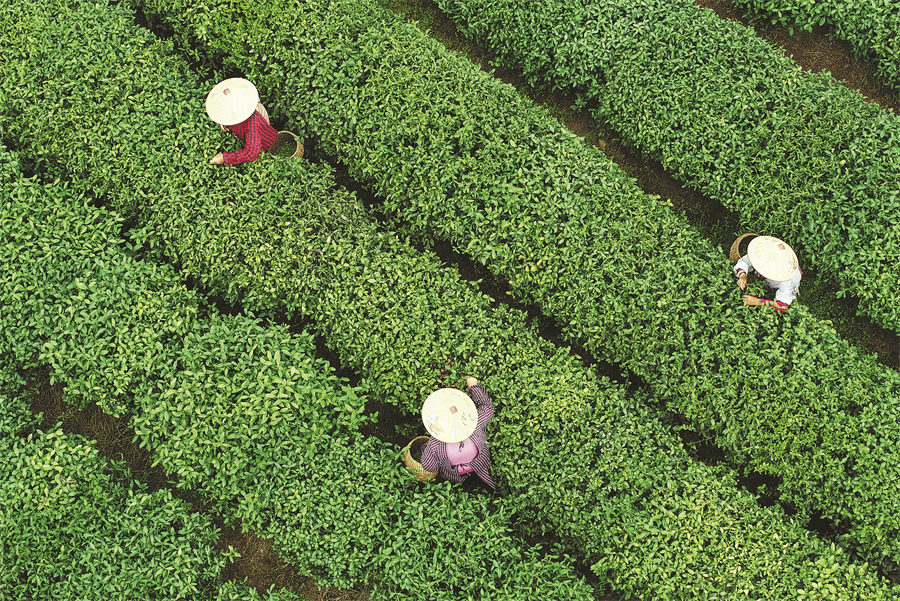Master the art down to a tea


Fan says that these steps can be carried out sequentially or simultaneously, following the key principle — "the tea stays in the pot, and the hand stays with the tea".
The taste of tea is closely related to the rolling and kneading of the hand movements.
To properly roll and knead the tea leaves, one must have a good grasp of the pressure applied by the hands. If too much pressure is exerted, the tea stems and leaves may break, affecting the appearance. If too little pressure is applied, the tea leaves may not release enough moisture, resulting in a bitter and astringent taste, he says.
In the end, tea quality depends on each master's unique sensory calibration of temperature, individualized hand techniques and meticulous observation.
"This craft requires intuitive mastery. Every practitioner's experience remains fundamentally nonreplicable," he says.
























